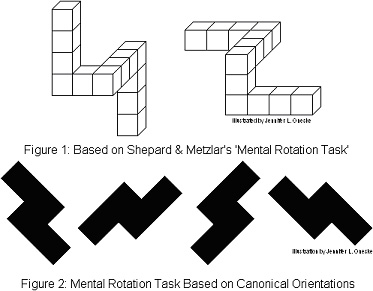In our discussion yesterday (HTM Learning Circle, HLC) @Bitking raised the issue of HTM not being able to predict previously unseen inputs. In terms of input - the HTM needs to learn features and then it can in theory compose those features to recognize objects. It makes sense to me that novelty in the input direction is a trigger for learning. In the output direction (behavior) the neocortex seems to be able to generate novelty. If the output were somehow based on recalling inputs then novelty would perhaps not occur.
From the BAMI document “The early work on HTM focuses on these kinds of problems, without a behavioral component. Ultimately, to realize the full potential of HTM, behavior needs to be incorporated fully.” … “HTM starts with the assumption that everything the neocortex does is based on memory and recall of sequences of patterns.”
Is there theoretical work on the generation of behavior by Numenta?
We can in theory “reverse” the HTM algorithm, so after learning it can generate outputs e.g. the category ‘one’ can be used to generate a prototypical ‘1’ SDR and that can be decoded into an image. But this seems limited (lacking the ability to generate novelty). For example if it had never seen a bold 1 digit but learned about bold letters, then how to generate a bold 1 without ever having experienced that previously.
Perhaps this comes down to modulating the output sequence in a particular way e.g. taking the prototypical ‘1’ and transforming it through a ‘bolding’ function. In that case it would need to learn the concept of bolding as independent from letters. Maybe that is possible, if it already knew unbolded letters, then bolding could be like a new category. But I do not see how HTM could apply bolding in a generic way - or maybe it means the bold ‘1’ would be bolded using the bolded features of letters.
Taking this full circle - back to the input path. If the category of bolding has been learnt on letters, then perhaps the feature of bolding could be identified for the number ‘1’ without that ever having been experienced. The HTM could then generate the new category “bold number” and that would be predicting a novel input?
Perhaps this comes down to whether/how HTM deals with composition.
